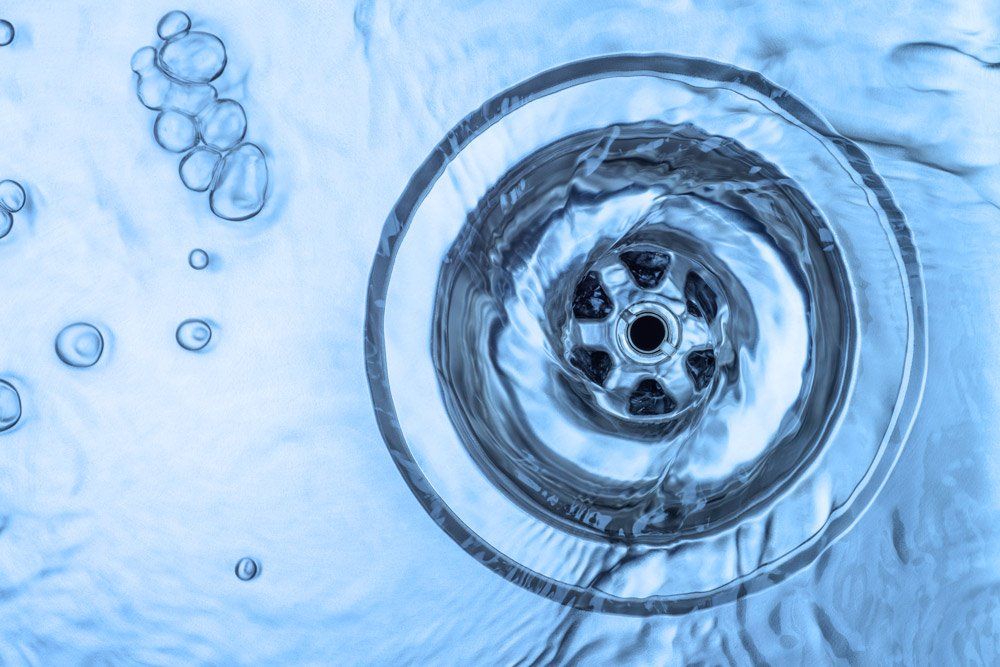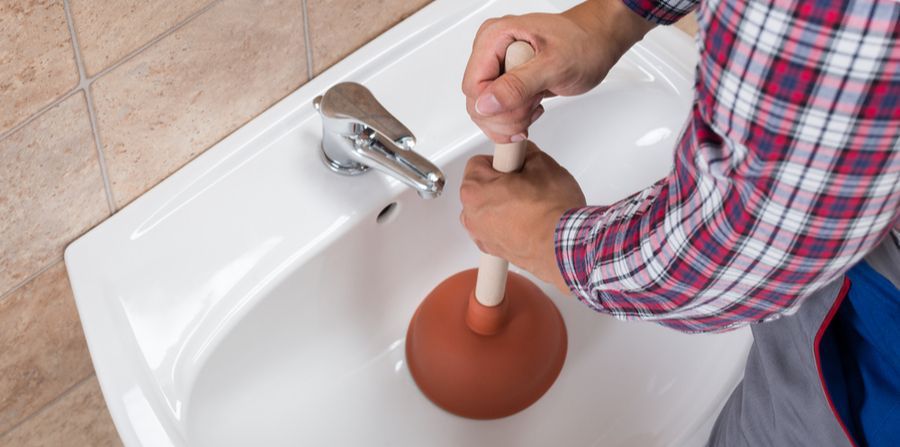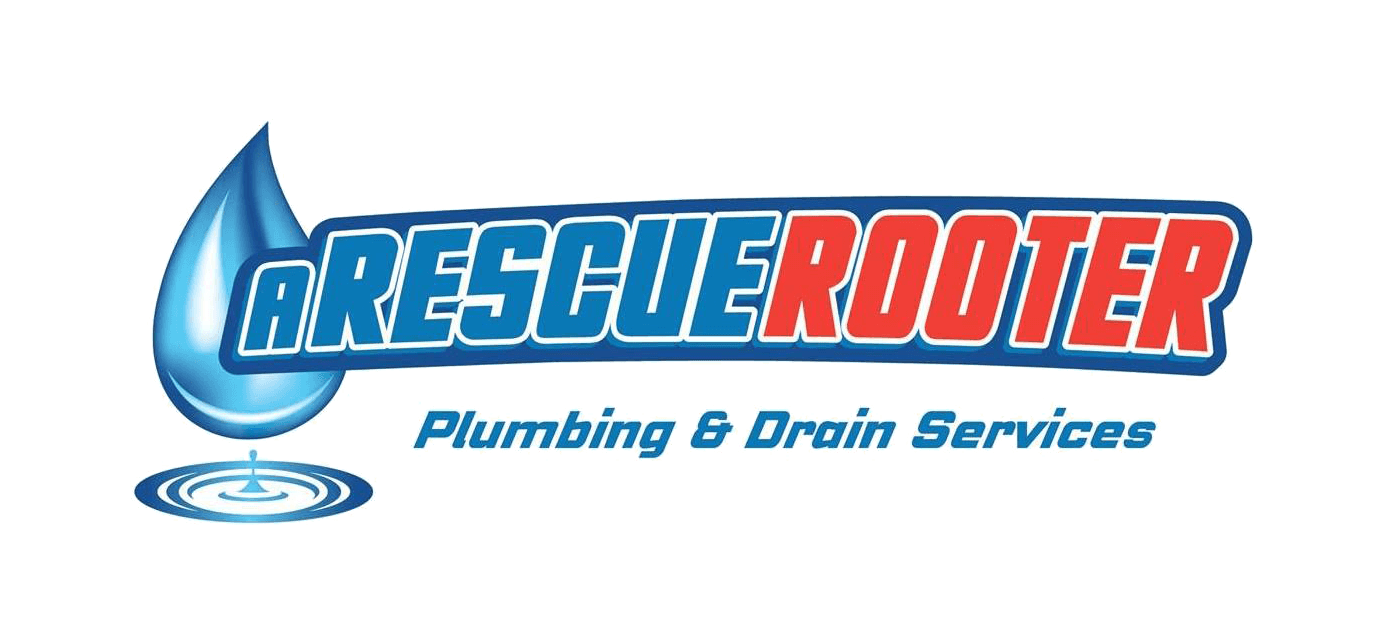How to Unclog Your Bathroom Sink with Ease
Tired of staring at a slowly draining bathroom sink? You're not alone. For homeowners, a clogged sink can become a frustrating nuisance. You have the ability to tackle this issue yourself. This guide will introduce you to straightforward methods to unclog a bathroom sink, even if it has a stubborn stopper in place. By the end of this post, you'll gain insights into essential techniques that could save you both time and money.

Understanding the Problem Where Do Clogs Come From?
The first step to solving any problem is understanding its root cause. Bathroom sink clogs typically result from a buildup of hair, soap scum, toothpaste, and
other materials. Over time, these substances combine to create blockages that impede water flow.
Hair is a frequent culprit. It’s easy for strands to slip down the drain, especially when washing hair or brushing out tangles. While hair might seem innocuous, it
can quickly form dense masses that trap other debris.
Soap scum is another major contributor to clogs. When mixed with hard water, soap can leave a residue on pipes, gradually narrowing the passageway. Add
toothpaste and general grime to the mix, and you’ve got a recipe for a clogged sink.
Tools of the Trade Getting Equipped
Before rolling up your sleeves, it's essential to gather the right tools. Having the appropriate equipment on hand can make the process smoother and more
effective.
Start with a plunger. While typically used for toilets, the right-sized plunger can work wonders on sink clogs. The key is to ensure a tight seal, so choose a small,
flat-bottomed plunger designed for sinks.
Next, consider a plumber's snake or auger. This tool is excellent for breaking up tough clogs that a plunger can't handle. Available in manual or powered
versions, it can reach deep into the pipes.
Lastly, stock up on cleaning supplies. A simple mixture of vinegar and baking soda can act as a natural drain cleaner. It’s eco-friendly and can help dissolve minor
blockages without the use of harsh chemicals.
Dealing with the Stopper Navigating Obstacles
Many bathroom sinks come equipped with a stopper, which can complicate matters when clearing clogs. The first thing to do is to understand the type of
stopper you're dealing with.
Pop-up stoppers are common. Operated by a lever or knob, they can be removed by unscrewing the linkage underneath the sink. Once detached, you’ll have
better access to the drain.
Push-and-pull stoppers, on the other hand, require a bit more finesse. You may need to twist and pull to remove them, but be careful not to apply too much
force, which could cause damage.
Finally, lift-and-turn stoppers can often be removed by unscrewing the knob on top. Once removed, you'll have full access to clear the clog.
The Plunger Method Simple Yet Effective
For many homeowners, the first line of defense against a clogged sink is the trusty plunger. This seemingly simple tool can often solve the problem without
further intervention.
Begin by filling the sink with enough water to cover the plunger’s cup. This water will help create a seal, making the plunging action more effective. Place the
plunger over the drain, ensuring a snug fit.
Pump the plunger up and down rapidly. The goal is to create enough suction to dislodge the clog. After a dozen or so pumps, check to see if the water drains
freely.
If successful, run hot water down the drain. This helps clear away any remaining debris and ensures the clog is fully resolved. If the water still drains slowly, you
may need to try another method.
Auger Assistance When the Plunger Isn't Enough
If a plunger doesn't do the trick, it might be time to call in reinforcements. A plumber's snake or auger can reach deep clogs that are out of reach for other tools.
Insert the auger into the drain and rotate it clockwise. The goal is to catch and break up the clog as you advance the auger deeper. Be patient, as this process can
take some time.
Once you feel resistance, you've likely hit the clog. Keep twisting the auger to break it apart. Then, slowly retract the tool, bringing up any debris caught on the
end.
After using the auger, run hot water through the drain. This will help flush out any remaining particles, leaving your sink clear and free-flowing.
Homemade Solutions Natural Cleaners
For those who prefer a gentler approach, natural cleaners can offer an effective solution. A mixture of baking soda and vinegar is a time-tested remedy for minor
clogs.
Start by pouring half a cup of baking soda down the drain. Follow this with a half cup of vinegar. The combination will fizz, helping to break down the buildup inside
the pipes.
Allow the solution to sit for 15 to 30 minutes. This gives it time to work on the clog. Afterward, flush the drain with hot water to clear away the dissolved debris.
If the clog persists, you may need to repeat the process. While this method is gentle on pipes, it may not be effective for severe blockages.
Chemical Cleaners Pros and Cons
For particularly stubborn clogs, chemical drain cleaners might seem like an attractive solution. These powerful products can dissolve clogs quickly, but they come
with considerations.
Chemical cleaners are caustic, which means they can potentially harm your pipes if used excessively. They can also pose risks to health and safety, so wear
gloves and ensure proper ventilation.
If you choose to use a chemical cleaner, follow the manufacturer's instructions carefully. Pour the suggested amount into the drain, allowing it to sit for the
recommended time before rinsing with water.
While effective, chemical cleaners should be a last resort. Whenever possible, try less aggressive methods first to avoid potential pipe damage.
Prevention Tips Keeping Clogs at Bay
Once you've successfully unclogged your sink, prevention becomes key. Implementing a few simple practices can minimize the likelihood of future blockages.
Use a drain cover. A mesh or rubber cover can catch hair and debris before it enters the pipes. Clean it regularly to ensure optimal performance.
Be mindful of what goes down the drain. Avoid washing hair or excessive soap residue directly into the sink. Dispose of these items in the trash instead.
Run hot water regularly. After using the sink, run hot water for several minutes. This helps clear away any lingering substances before they can accumulate.
When to Call the Expert's Professional Help
While DIY methods are often effective, some clogs are best left to professionals at A Rescue Rooter in Hamilton to avoid causing further damage.
If none of the above methods work, it's a sign that the clog may be more complex. Professionals have access to advanced tools and techniques to address these
issues.
Additionally, if your sink is draining slowly despite being clear of clogs, a larger plumbing issue may be at play. A Rescue Rooter in Hamilton can diagnose and
resolve these problems.
A clogged bathroom sink can be an unpleasant inconvenience, but it's one that homeowners can often tackle themselves. By understanding the causes of clogs
and using the right techniques, you can restore your sink to full functionality. Remember, prevention is key. Implementing simple habits can keep your drains
clear and prevent future blockages. And when in doubt, don't hesitate to call on plumbing experts for assistance. Whether you're a seasoned DIYer or new to
home maintenance, mastering the art of unclogging is a valuable skill. Armed with these tips and techniques, you're ready to face any drain dilemma head-on.
A Rescue Rooter…905-521-8284
Never a Premium Charge for an Emergency





